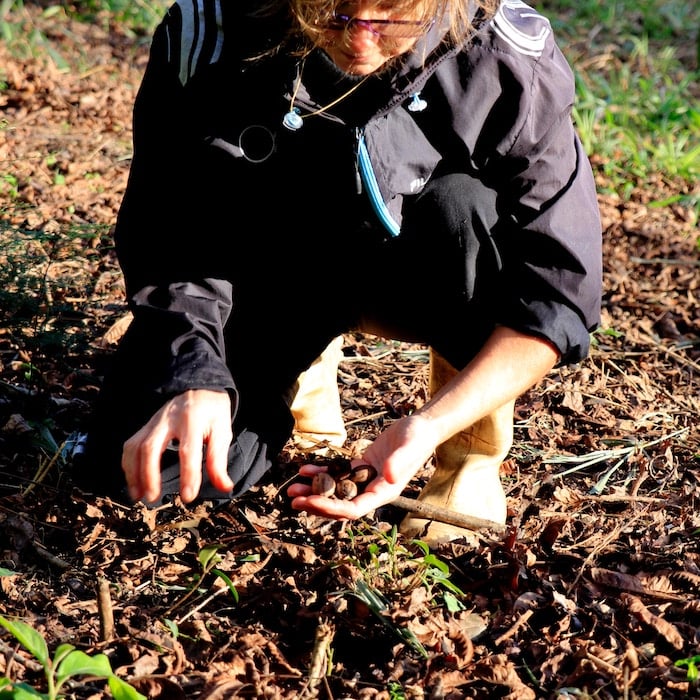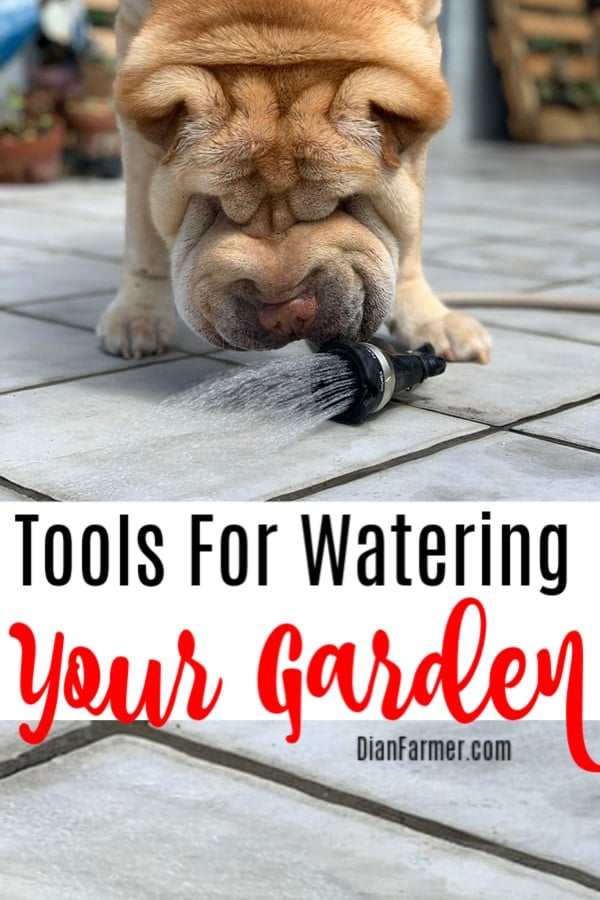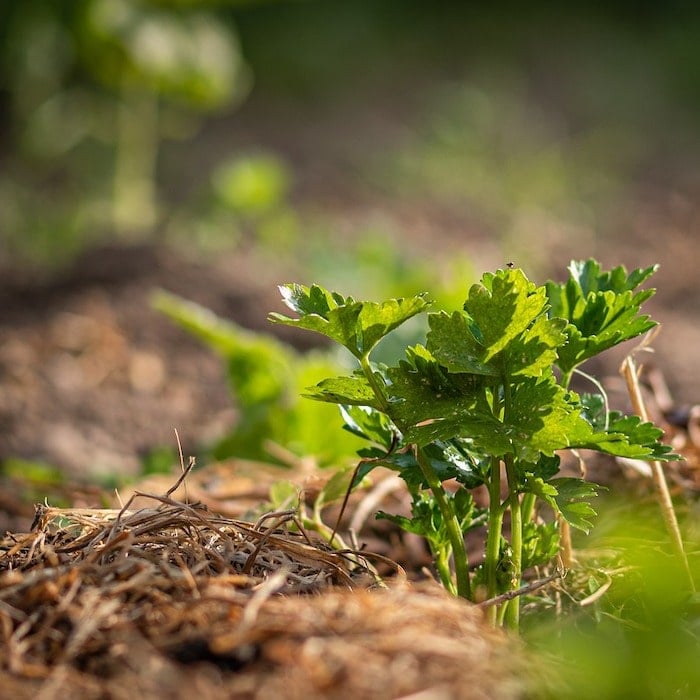
What is No Till Gardening?
Common knowledge dictates that a beautiful and productive garden and planting area results from hard work. Often, gardeners feel that they need to dig and till the rich soil before planting to get rid of weeds, aerate the soil, and incorporate amendments into the soil.
But is tilling the only way to improve the soil in your garden? Today, we’ll be talking about a no-till garden and how building and maintaining one can make your gardening experience a little less strenuous, so you can hang that tiller in the shed for good.
Understanding No Till Gardens

The general goal of tilling soil is to prepare it for planting. By turning over the soil, you can get rid of unwanted weeds and weed growth, create a space for planting, and amend the soil to make it more conducive to growing your crops.
However, tilling disrupts the soil’s food web as well as its delicate structure which, in the long run, will affect nutrient and moisture uptake by plant roots. Moreover, it can also destroy helpful humus, which is necessary for plant life.
In a no-till gardening situation, you’re still able to prepare garden soil for planting but without negative impact. Instead of toiling for hours trying to loosen up the fertile soil, you allow microorganisms in the soil to take charge in loosening the soil, keeping it healthy, and enriching it with organic matter and beneficial organisms. You also rely on mulch and/or cover crops to cover the top of the soil to keep weeds at bay and to fortify the soil with nutrients.
Zero tillage increases the soil’s capacity to hold on to water, retain organic matter, and distribute nutrients to crops. In some areas, it can also reduce or eliminate soil erosion while improving the biological fertility of the soil, which makes it more resilient.
Benefits of a No Till Garden

Regardless of the size of your home garden and the kind of plants you want to grow, no-till gardening offers several benefits. This includes:
- Encouraging earthworms and other helpful soil dwellers to flourish. In doing so, you’re promoting a healthy soil fertillity and soil food web without disrupting the delicate structure of the soil. You are preserving worm tunnels and mycorrhizae which helps plants grow healthier.
mycorrhizae, mycorrhiza or mycorrhizas) is a symbiotic association between a fungus and a plant. The term mycorrhiza refers to the role of the fungus in the plant’s rhizosphere. Mycorrhizae play important roles in plant nutrition, soil biology and soil chemistry.
Wikipedia
You Might Also Like: Tools For Watering Your Garden Better – Must Have

- Promotes natural aeration and drainage in the root systems. The worms and other microorganisms that thrive in no till farming help create tunnels that are extremely important to soil structure. They help aerate and loosen the soil so that roots can take hold of the good soil much more efficiently.
- Reducing the proliferation of pests. Since you are building a healthy micro-ecosystem in no till beds and gardens, pests are less likely to take over your garden and vegetable garden.
- Reducing weeds. While tilling your own garden soil removes grown weeds, it can encourage new weeds to grow because you’re exposing dormant seeds that have been previously buried to an area that is much more conducive for them. Also, the use of mulch such as wood chips, pine needles and leaf mulch in a no till garden essentially suffocates weeds and prevents them from thriving. This helps with weed control so that you have fewer weeds.
- Decreasing the need for watering. One of the many benefits of using mulch in a no till garden is that it helps regulate both the temperature and water retention capacity of the soil. Mulch prevents water from evaporating too much which means you don’t have to water your plants as often while keeping soil moisture.
Starting Your No Till Garden

Starting a no till system for your healthy garden couldn’t be simpler. There are, however, certain preparations you need to consider. To start, take a look at the quality of soil that you have.
First, you may still need to double dig your garden bed to make sure that there are no obstructions such as large rocks, plant roots, and weeds. This is also a great time to incorporate amendments that can enrich the soil further. Once you’ve done this, it isn’t likely that you will have to repeat this process.
After the soil has been prepare, you must add mulch liberally and in layers. A thick layer of mulch is important if you want to keep the soil from drying out and forming a crusty outer layer on the soil surface. This restricts the flow of water and nutrients into the soil. You can use multiple layers of cardboard or newspaper topped with compost and straw.
A key thing to remember is to avoid walking on your garden patch, as doing so promotes soil compaction. In a no-till garden, you don’t want to re-dig the soil just to fluff it up again.
Planting and Feeding a No Till Garden
When planting in a no-till garden, simply push back enough mulch to plant seeds or seedlings. Leave mulch on the beds in between the areas where you’ve planted your crops. Don’t worry if, in your first year of planting, your garden is less productive. Just let the soil adapt and improve with the new no-till method while pulling any weeds that may have managed to grow through the thick layer of mulch.
You can use fertilizers, composts, and other soil amendments in a no-till garden. However, instead of working these into the soil, you apply these by either fertigation, top dressing, or foliar (spraying directly on plant leaves) feeding.
Fertigation is the injection of organic fertilizers, used for soil amendments, water amendments and other water-soluble products into an irrigation system. Fertigation is related to chemigation, the injection of chemicals into an irrigation system.
Wikipedia
You Might Also Like: Mulching Plants Everything You Need To Know

During the winter, be extra generous with your preferred mulching material. You can also use cover crops but avoid those that contain grass. When removing cover crops, be sure to hand pull or cut them as low as possible.
When the next planting season comes, simply replenish the mulch that has decomposed during the cold months and plant as usual.
No-till gardening is an easier way to grow healthy and productive plants. Instead of relying on brute strength and spades, you work with nature to create a habitable environment where your garden and garden beds can flourish season after season. Plus, it’s much less work for you year to year.
You can also find gardening products I use in my videos here <---
I now have an Amazon Influencer’s storefront. I put the products I use, in my posts and Youtube Gardening videos, there. Shopping there is free and the site gets a percentage of sales. Thanks!
You can go to my storefront using this secure link <----
If you need seeds, this is the company I use <--- and if you use code: farmer1 at checkout, you'll get 10% off your order!


Leave a Reply